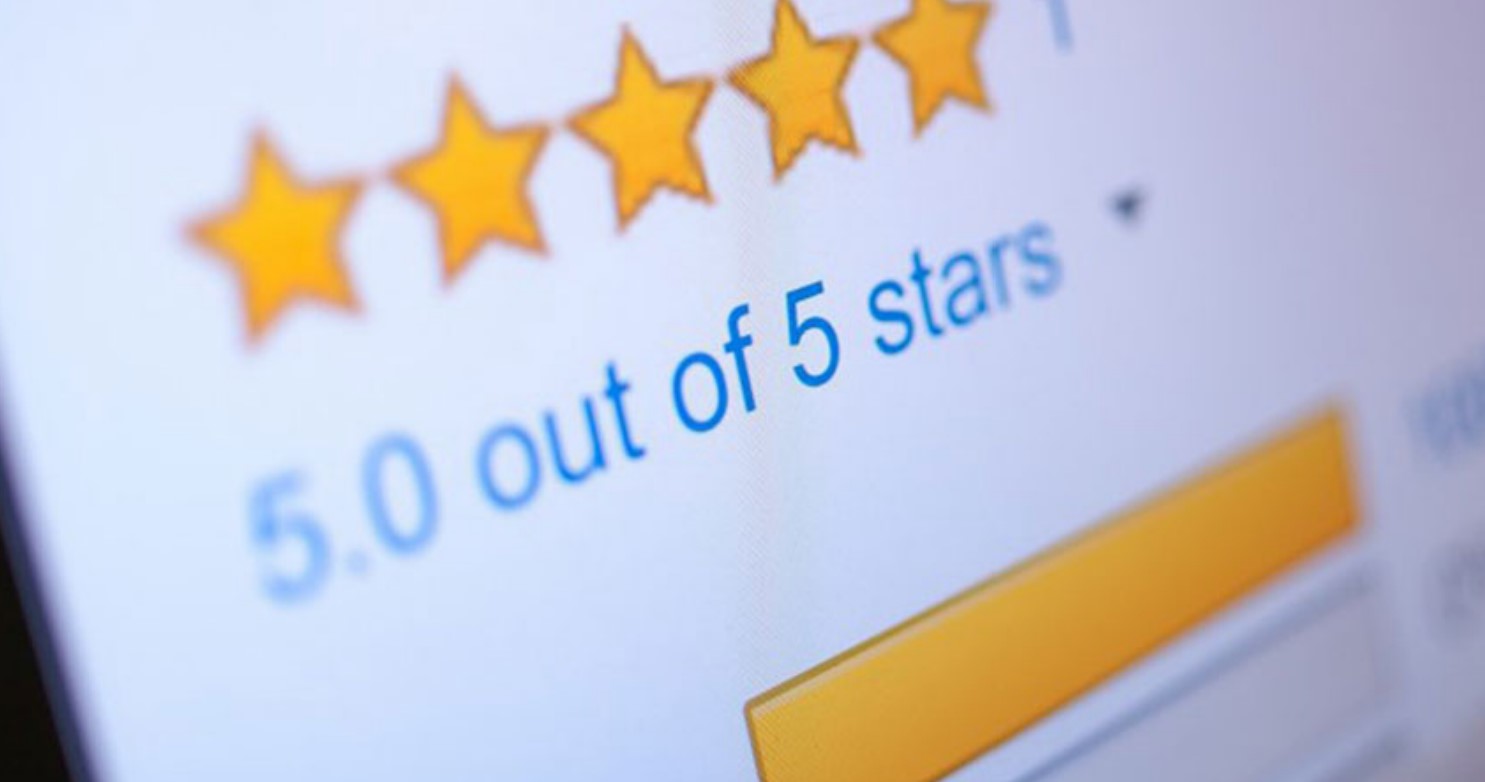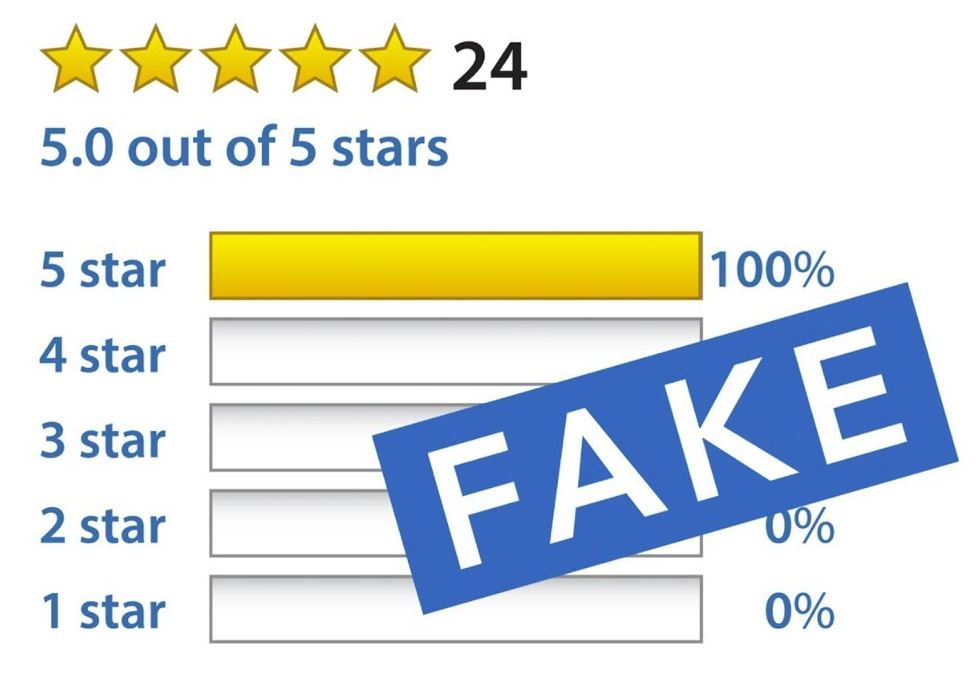Shock, horror – fake reviews cost as little as 25 cents each (guide)

Fake reviews have reached pandemic proportions, with fake review factories in India and the Philippines (in fact, anywhere English is the first language) charging from 25 cents – $250 per thousand.
That’s right – fake reviews are sold by the thousand, and some Australian online merchants use these to counter the real 1-star reviews. Or worse, cast doubts on competitors’ products or services.
Even automated FakeBots can trawl the internet looking for online reviews. In short, send the bot review-hunting for keywords, and it can generate coherent paragraphs of positive or negative text attributed to impersonated names and email addresses.
What started my tirade against fake reviews?
I am Reviews Editor at CyberShack.com.au, where we put enormous effort into testing and deep-dive reviews of consumer lifestyle/tech. Our reviews are accurate and reflect real-world use. We help you decide on what you need via our guides and what you buy via our reviews.
We are 100% independent, financed by Charlie Brown and CBN Media’s TV, radio, and social media activities. In short, you cannot buy a review!
A newbie PR person from a reasonably established agency recently approached me. They gushingly blurted the request, “We have some vendor funding to be spent on gaining good coverage. CyberShack looks like a great fit? How much for a review?”
Instead of ripping into the person and their request, I played along. “Dollar a word – full reviews are usually 1000-2000 words.”
“That’s expensive. All we want you to do is use our reviewers’ guide, we will approve the copy, and then you publish it on the site. Can we agree on $500, and it’s a deal?” they said, thinking they had done the vendor and me some great favour.
I politely refused. Next week there were three reviews for the product on competitive websites, all reading suspiciously like advertisements.
I decided to do some digging into fake reviews
Fake review factories exist on a grand scale in lower-socio economic countries where English is the first language. They also exist in other countries to cater to languages from China, Korea, Japan, France, Germany, Italy and more – countries with plenty of disposable and discretionary income.
Which UK? states that AMZTigers in Germany will rent up to 62,000 ‘active product testers’ (a.k.a. fake reviewers) who earn a few Euros. Let’s say you want 500 fake reviews – more than enough to bring your product star rating up and overcome any negative one-star reviews. It selects the active product testers from its database that do not have Amazon’s attention. Each tester usually has several Amazon accounts and different delivery addresses, email, and phone numbers.
The fake reviewers receive a review guide complete with keyword boosters and several theme variations. Over a few weeks, they post the review in their language and style – usually a short, effusive one. And a few weeks later, they go back and update the review, taking the product even further upwards. Later, the unopened goods go back to Amazon or get credit from AMZTigers, so the reviewer has no cost.
There are comprehensive Reddit Boards, Facebook, YouTube and web tutorials (here) that teach people how to write fake reviews.
Fake reviews are so common that even the ACCC has advice on them because they drive over A$1b in sales and create monstrous messes for Departments of Fair-Trading to try and clean up.
Amazon is not alone, but it is the biggest target
In August 2021, it closed about 3,000 online merchant accounts, backed by 600 Chinese brands – some very well-known.
It follows Amazon shutting down an initial 50,000 Chinese merchants in May and June 2021. Amazon is holding onto hundreds of millions of dollars of these merchants’ stock with a potential US$15.4 billion fallout. Amazon’s terms of business do not allow merchant class-action lawsuits.
And while 50,000 and a further 3,000 merchants may seem a lot, Amazon has 9.7million merchants worldwide with about two million active at any one time.
“Despite substantial efforts to stamp out the practice,” Amazon company lawyers wrote, “an unhealthy ecosystem is developing outside of Amazon to supply inauthentic reviews.”

Then there are the paid influencers and bloggers
They receive payment for reviews (as well as being given free products or services). Many blogs have become quite influential yet have no journalistic or other integrity. It is pure cash for comment.
No one will give their ‘honest, unbiased opinion’ about something they’ve gotten for free. Not if they want more free stuff. If they told the truth and assigned fewer than four stars, then no more freebies for them.
There is no objectivity in Facebook, Tiktok, Instgram, Twitter, YouTube or social media. It is all about the money.
How to spot fake reviews – if we can, you can
After completing a review (always without the benefit of those PR crap reviewers’ guides), we read other reviews to see if our findings are like or at odds.
The majority read like regurgitated press releases – we know because we got the same press release! A sure sign is that there is no new information. For example, quoting a battery life on earphones without testing the actual battery life. Or using similar hyperbole to that found on the website, “The screen brings Hollywood movies to life” when it’s a cheap 720p display with no HDR.
Or the BT speaker with nearly 60,000 recent four-and-five-star reviews that frequently use the terms value for money, highly recommended, great sound, and bang for buck. We reviewed it, and the battery life, sound and build quality were so poor that we declined to publish a review.

You may ask why we don’t publish bad reviews? The answer is that we are highly selective at the review pitch, so we start from a higher base. There may be only a couple withheld reviews each year.
So our advice
- Read the 1-and-2-star reviews first because they are usually genuine
- Ignore any that are effusive or make outlandish claims
- Look for similar repetitive words, phrases, bad grammar or misspellings
- Ignore ‘verified buyer’ status because its easy to buy and return
- If the brand or product is new to you, ignore ‘thousands of reviews’ posted around the same period
- Use third-party review sites like CyberSahck over vendor and merchant sites
- Look for reviews that add value by fresh information and use real product photos taken during the review
- Caveat emptor.







